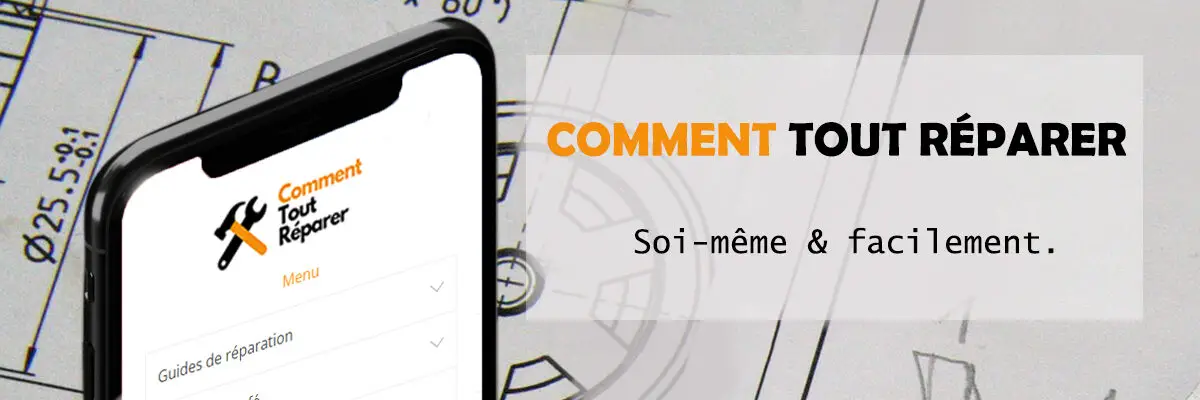Choosing your ground or bean coffee is a difficult exercise… There is a plethora of products on the market and it is difficult to find your way between names, origins, roasting, aromas, etc. The taste of coffee changes according to different parameters that we will detail for you.
In this article we will guide you in your choice by giving you the key elements to take into account. Wondering how to choose the right coffee bean for you? Follow the guide!
How to choose your coffee beans
If you have an espresso machine with a grinder, a coffee grinder or a thermomix, you have the chance tobuy the coffee in beans, which preserves all the aromas and flavour of the coffee.
But which coffee bean to choose for an espresso machine? What criteria should I take into account?
Roasting
Roasting is the process of cooking the green coffee beans to make them suitable for consumption.
This crucial step gives taste, aroma, flavour and texture to the coffee. A lightly roasted coffee will be acidic, while an over-roasted coffee will be bitter. It is therefore necessary to find the right balance between these two extremes.
A light to medium roast produces a smooth, balanced coffee. The higher the roast, the stronger the coffee.
Arabica or Robusta?
Among the coffee varieties, the two undisputed stars are Arabica and Robusta.
Arabica accounts for 70% of the world’s coffee production. With its delicate flavours and hint of acidity, it is highly prized by aficionados. Its varieties include Blue Mountain, Bourbon, Mundo Novo, San Ramon, Typica, Tico, etc.
Robusta, which contains twice as much caffeine, has a stronger taste. Its varieties are for example: Java-Ineac, Nana, Congensis, etc.
Assembly or pure origin?
Robusta is full-bodied, more bitter and powerful but less aromatic than Arabica which is finer and sweeter. Blending them allows you to mix the flavours and gain in subtlety, but nothing prevents you from consuming them pure without blending if they suit your palate better.
Origin of the coffee
The range of flavours is immense and depends on the place where it was harvested. Brazilian coffee is rather sweet, Colombian coffee exhales notes of caramel, Costa Rican coffee is fruity, Ethiopian coffee is quite floral, Guatemalan coffee is spicy… Choose the aromatic profile of the coffee according to your tastes, try it out to find the one that suits you.
Which coffee by type of machines and coffee makers?
Here’s how to choose the coffee according to your coffee machine or coffee maker.
Which coffee to choose for espresso machine
If your machine has a grinder, use coffee beans. If so, choose a fine to medium grind for optimal percolation.
Indeed, the water must be able to pass at a suitable speed to brew perfectly. If the water passes too quickly because the grind is too coarse, the espresso will be light and certainly without crema.
So how do you choose the ground coffee for your espresso machine?
Make sure it is compatible with a semi-automatic espresso machine and start with a medium grind. If you want a stronger coffee, use a fine grind. It is often necessary to test the coffee before finding the ideal grind.
Remember to pack it well for an ideal result.
Which coffee to choose for Italian coffee maker
Do not use ground coffee for espresso, the grind is too fine, nor ground coffee for filter coffee makers, the grind is too coarse. A medium grind is best for your filter coffee maker.
Which coffee to choose for a piston coffee maker
A fine grind is not suitable for the plunger coffee maker, as the grounds pass through the plunger grate during brewing. If the grind is too coarse, the coffee will be too light and will not brew well enough.
A medium to coarse grind is recommended.
Which coffee to choose for filter coffee maker
For a filter coffee maker, use a medium grind to ensure good water flow. A grind that is too fine slows down the flow of water and makes the coffee more bitter. If the grind is too coarse, the water flows too quickly and does not take on the taste of the coffee. The result is often very light!
And of course, find the right dosage to make a coffee that tastes just right.


